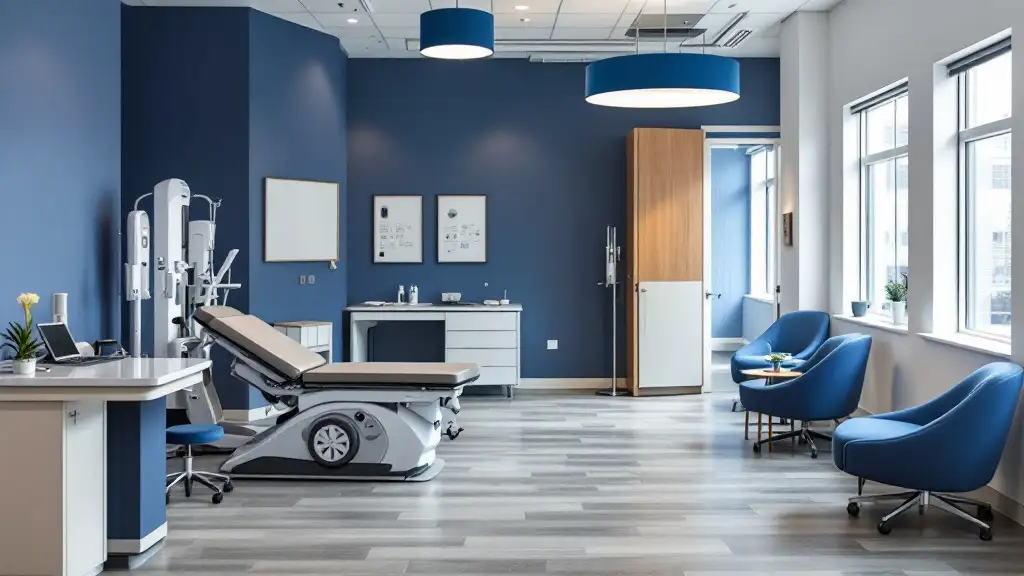
Understanding the Role of Physical Therapy in Flexibility and Mobility
Physical therapy plays a vital role in enhancing flexibility and range of motion, which are crucial for athletic performance, daily functioning, injury prevention, and overall musculoskeletal health. Various techniques, exercises, and modalities are employed by trained professionals to optimize movement and restore joint function. This article explores how physical therapy contributes to improved flexibility and mobility, detailing effective methods, scientific evidence, and practical tips for patients and practitioners alike.
The Fundamentals of Flexibility and Range of Motion in Physical Therapy
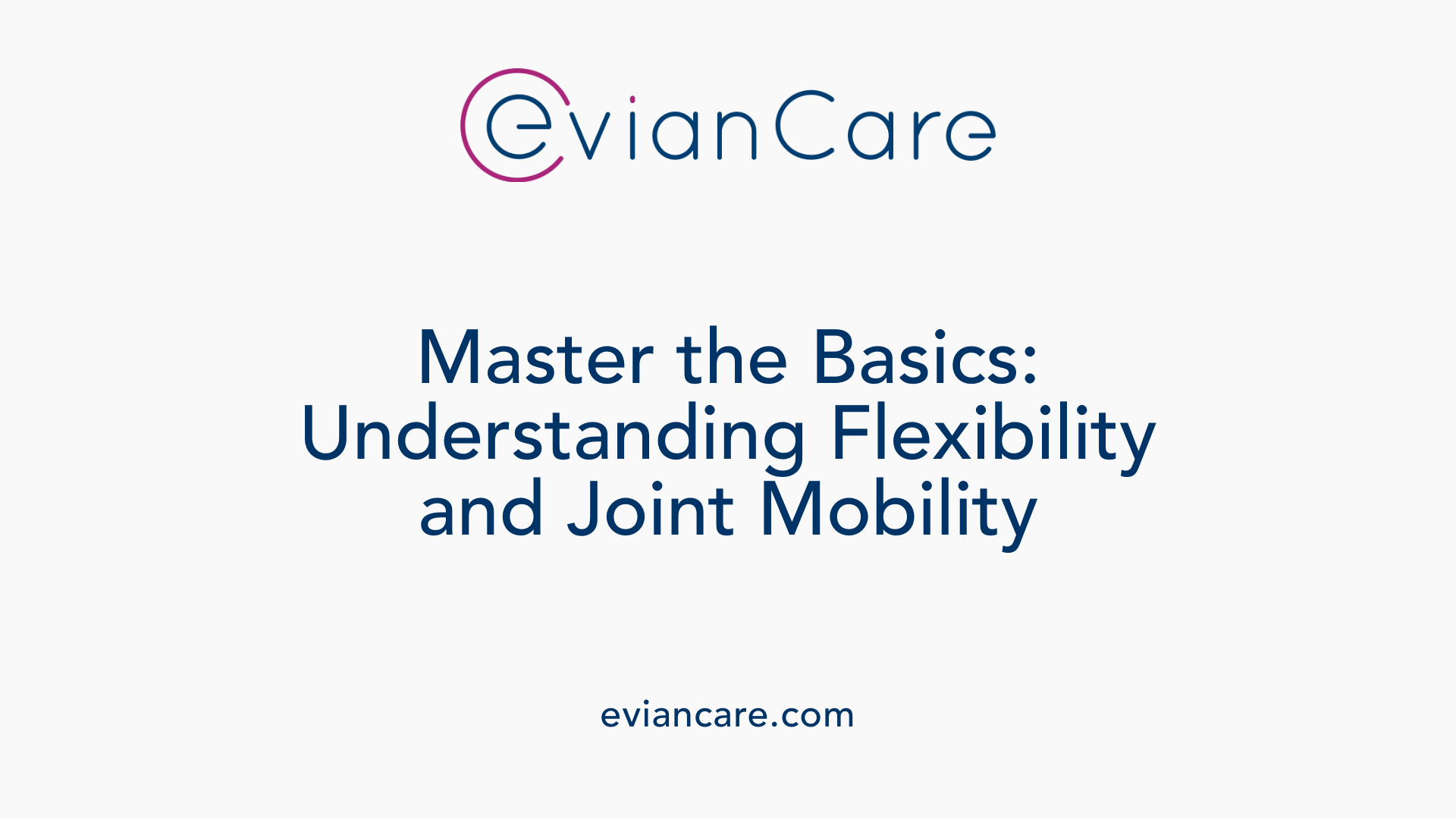
What is flexibility and how does it relate to range of motion?
Flexibility is the body's ability to move muscles and joints through their full, pain-free range of motion. It determines how easily and freely movement can occur without discomfort. Range of motion (ROM) refers to the extent of movement possible at a joint, typically measured in degrees.
Both flexibility and ROM are vital for efficient movement, injury prevention, and maintaining overall musculoskeletal health. While flexibility allows muscles to stretch and lengthen, ROM indicates the potential movement capacity of joints. Together, they enhance physical performance and help in daily activities.
How do muscle, joint, and soft tissue structures influence mobility?
Mobility is affected by multiple physical components, including muscles, joints, and soft tissues like tendons, ligaments, and connective tissue. The elasticity of muscles allows them to stretch; the joint capsule's health determines how much a joint can move. Tendons and ligaments provide stability and guide movement.
Restrictions or injuries in these areas—such as tight muscles, scar tissue, or damaged ligaments—can limit ROM and flexibility. This may result in stiffness, reduced functional movement, and increased injury risk. Physical therapy aims to address these issues through targeted interventions like stretching, joint mobilizations, and strengthening exercises.
Factors affecting flexibility and mobility
Several elements influence an individual's flexibility and range of motion:
| Factor | Impact | Additional Details |
|---|---|---|
| Age | Decreases with aging due to tissue changes | Younger individuals tend to have higher flexibility |
| Injury | Can cause scar tissue and restrictions | Rehabilitation focuses on restoring mobility |
| Lifestyle | Sedentary lifestyles lead to stiffness | Regular movement and stretching improve flexibility |
| Activity level | Active individuals often have better ROM | Consistent exercise supports joint health |
| Posture and ergonomics | Poor posture can restrict movement | Correcting alignment enhances mobility |
Understanding and maintaining flexibility and ROM are fundamental in promoting healthy movement patterns, preventing injuries, and supporting recovery from musculoskeletal conditions.
Techniques and Exercises for Enhancing Flexibility and Mobility
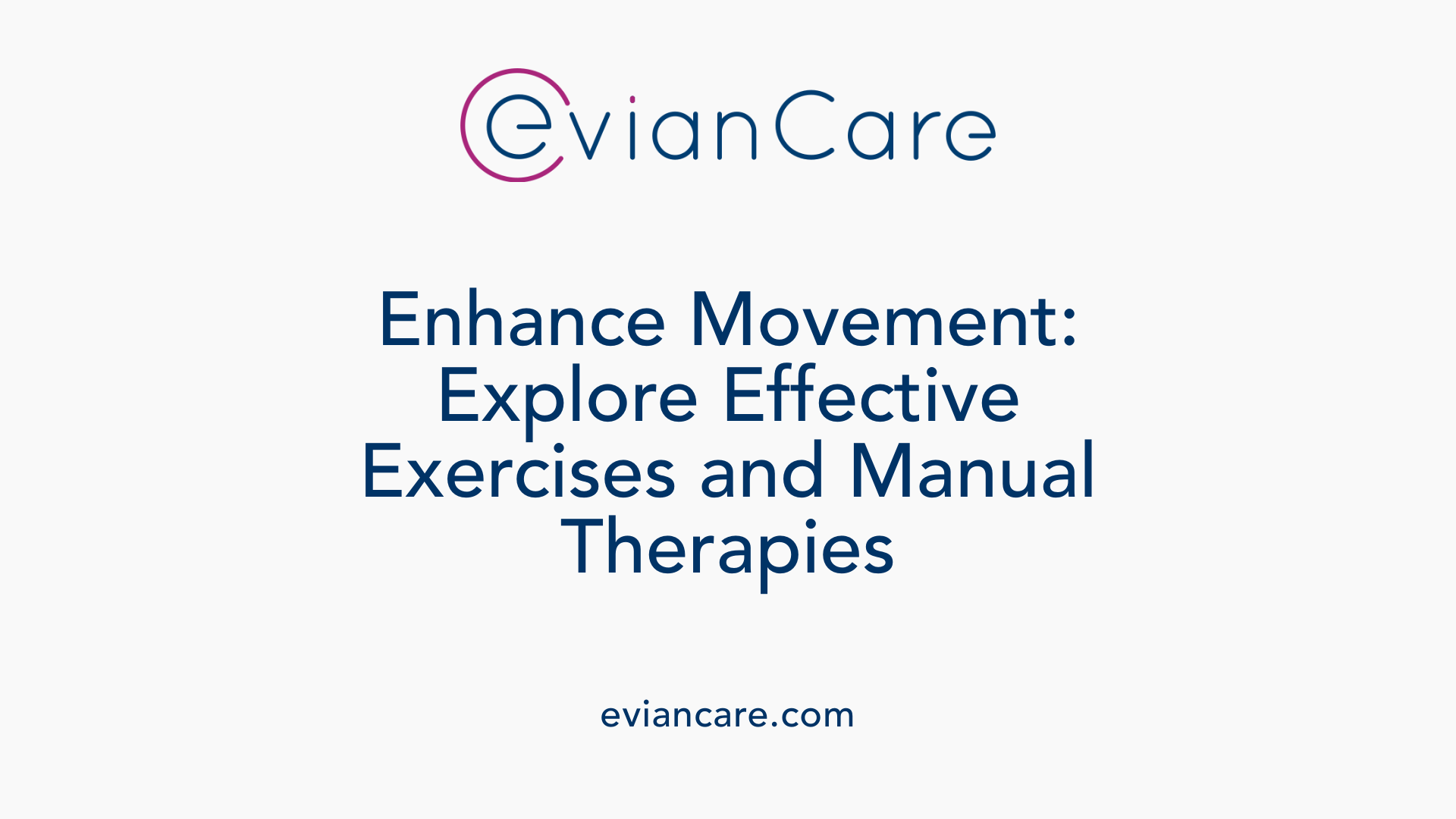
What types of exercises are used in physical therapy to improve flexibility?
Physical therapy utilizes various exercises aimed at increasing flexibility and range of motion. Static stretching involves holding a stretch gently for 15 to 30 seconds, which helps lengthen muscles and improve flexibility over time. Dynamic stretching, on the other hand, incorporates active movements like leg swings or arm circles that warm up the muscles and prepare joints for activity. Additionally, proprioceptive neuromuscular facilitation (PNF) techniques combine muscle contractions and relaxations to maximize stretch effectiveness.
Targeted exercises focus on major muscle groups such as the hamstrings, shoulders, and hip flexors, supporting overall mobility and functional movement. These exercises are personalized based on individual needs and often incorporated into broader treatment plans by physical therapists.
How do manual therapy and joint mobilizations aid flexibility?
Manual therapy techniques play a vital role in improving flexibility by directly addressing joint and soft tissue restrictions. Joint mobilizations involve gentle, controlled movements of the joints to enhance lubrication, reduce stiffness, and improve overall joint mobility. Soft tissue mobilization techniques, including massage and myofascial release, help relax tight muscles, break down scar tissue, and improve blood circulation.
These approaches help release tension, alleviate pain, and restore normal movement patterns, making muscles and joints more receptive to stretching exercises. When combined with guided movement and stretching routines, manual therapy significantly contributes to increased flexibility, reduced injury risk, and improved physical function.
| Technique Type | Focus Area | Benefits | Typical Application |
|---|---|---|---|
| Static Stretching | Muscles | Increases muscle length, enhances flexibility | Post-exercise routines |
| Dynamic Stretching | Joints & soft tissues | Warms muscles, prepares body for activity | Warm-up sessions |
| PNF Techniques | Muscles & joints | Maximize stretch, improve strength | Rehabilitation programs |
| Manual Therapy | Joints & soft tissues | Release restrictions, improve mobility | Therapist-led treatments |
| Joint Mobilizations | Joints | Improve lubrication, decrease stiffness | Physical therapy |
| Massage & Myofascial Release | Muscles | Relax tight muscles, promote healing | Therapeutic sessions |
Regular incorporation of these exercises and therapies into a routine helps maintain muscle and joint health, preventing stiffness and injuries while supporting everyday movement and athletic performance.
The Scientific Evidence Supporting Physical Therapy's Effectiveness
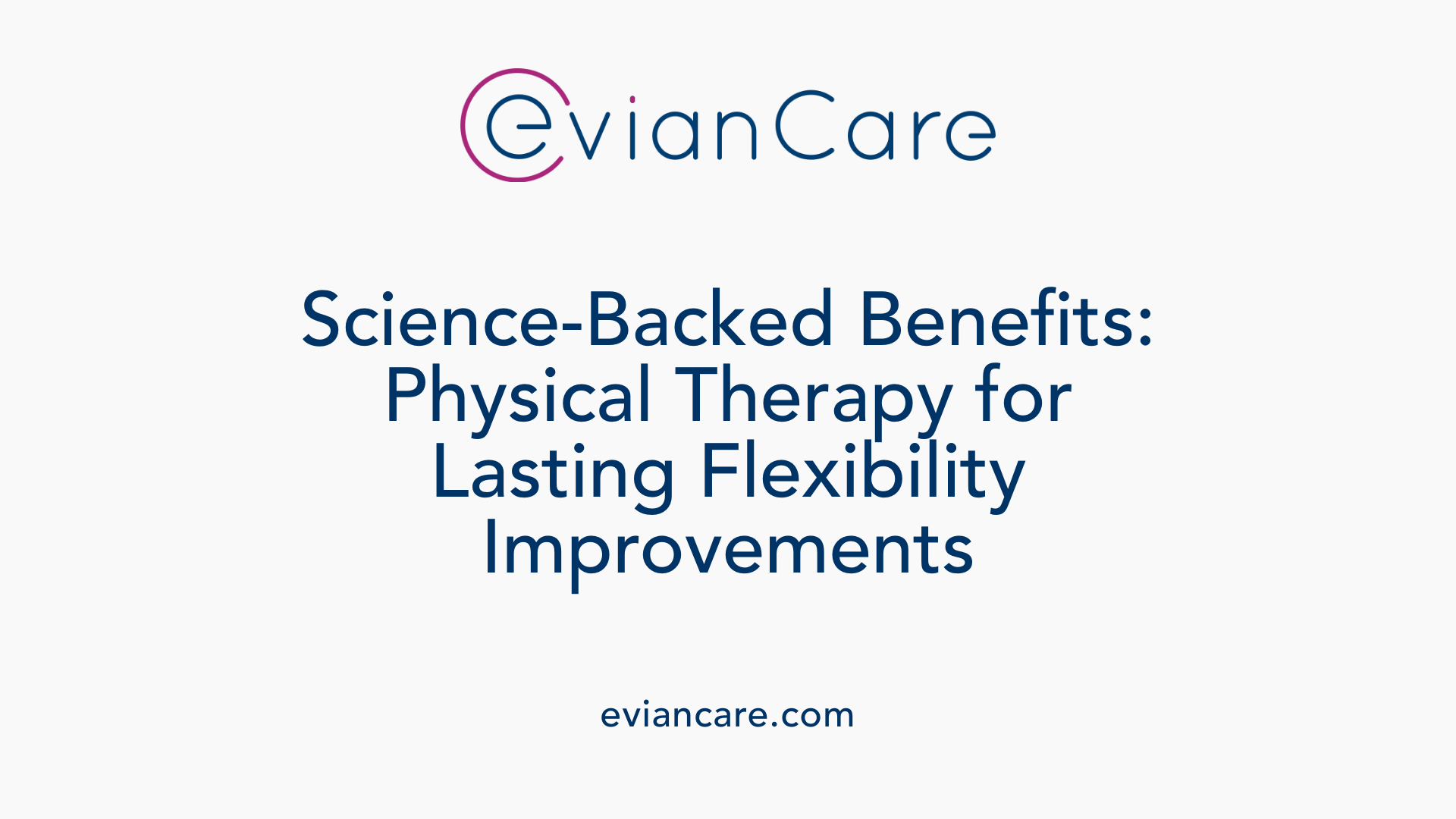
What scientific evidence supports physical therapy methods for improving flexibility?
Recent research and comprehensive reviews provide strong support for the effectiveness of physical therapy interventions in enhancing flexibility and joint range of motion (ROM). Studies involving stretching techniques, manual therapy, and resistance exercises consistently show significant improvements in joint mobility and muscle flexibility.
A noteworthy systematic review and meta-analysis of 11 randomized controlled trials involving 452 participants demonstrated that both strength training and stretching interventions equally benefit ROM. These findings highlight that physical therapy techniques—such as static, dynamic, and proprioceptive neuromuscular facilitation (PNF) stretching—are effective in improving flexibility.
Furthermore, physical therapists tailor programs to individual needs, combining stretching, joint mobilization, and strengthening exercises. These targeted approaches not only improve flexibility but also support functional movement and injury prevention.
Are there long-term benefits of physical therapy interventions?
Yes, evidence from longitudinal studies and follow-up assessments suggests that the benefits gained from physical therapy—including increased flexibility and mobility—can be maintained for at least a year with consistent practice. Incorporating these exercises into ongoing fitness and rehabilitation routines helps sustain joint health and flexibility.
Long-term improvements are particularly evident when physical therapy programs include education on proper techniques and regular home exercises. This ongoing engagement promotes better muscle and joint health, reduces the risk of re-injury, and enhances overall quality of life.
| Study Type | Outcomes Measured | Key Findings | Duration of Effect |
|---|---|---|---|
| Systematic Review & Meta-Analysis | Flexibility, ROM | Strength training & stretching show similar improvements | Up to 12 months |
| Long-term Cohort Study | Flexibility, Pain | Sustained ROM and pain relief | 1+ year |
| Controlled Trials | Muscle flexibility, joint mobility | Targeted exercises improve and maintain mobility | 6-12 months |
These findings affirm that physical therapy is a scientifically supported approach for achieving lasting gains in flexibility and functional movement, especially when integrated into regular exercise routines.
Implementing a Safe and Effective Flexibility Program
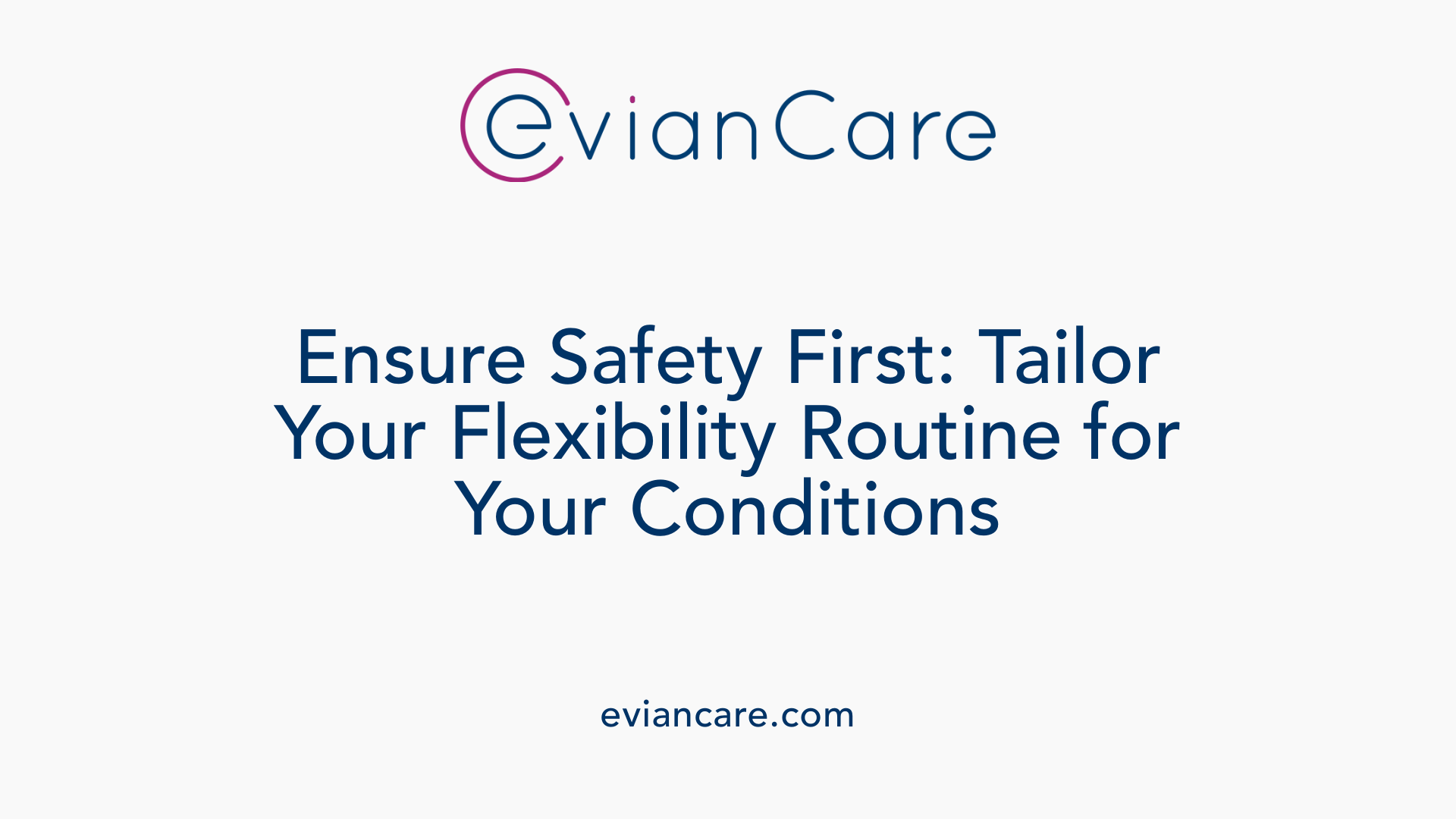
Precautions for individuals with chronic conditions or injuries
Individuals with chronic health conditions or injuries should approach stretching with caution. It is essential to consult healthcare providers or physical therapists before starting any flexibility program. Professional guidance helps tailor stretching techniques that avoid aggravating existing issues and ensures exercises are safe and effective.
Guidelines for frequency, duration, and technique
A well-rounded stretching routine should be performed at least two to three times per week, with sessions lasting about 15 to 30 minutes. Proper technique includes warming up muscles with light cardio before stretching, focusing on major muscle groups, and aiming for symmetry in both sides of the body. Static stretches should be held for approximately 20-30 seconds, ensuring a gentle stretch to the point of mild discomfort without pain.
Dynamic stretches, involving active movements through the full range of motion, are best used during warm-ups. Post-exercise static stretching helps in lengthening muscles and increasing flexibility. Incorporating proprioceptive neuromuscular facilitation (PNF) or pre-contraction stretching can further enhance flexibility and range of motion.
Monitoring progress and avoiding overstretching
Regular assessments by a physical therapist or fitness professional can track improvements in flexibility and joint range of motion. These evaluations help adjust stretching routines, ensuring continuous progress without risking overstretching or injury.
Monitoring involves observing changes in movement ease, muscle tension, and joint function. It is crucial to listen to the body — stretching should not cause pain or sharp discomfort. Using a gradual approach, increasing stretch duration or intensity slowly supports safe progress.
Injury prevention also involves avoiding bouncing or jerky movements during stretches. Instead, gentle, controlled stretches are used, emphasizing consistent effort over time. Wearing appropriate clothing, staying hydrated, and maintaining good posture during exercises further contribute to safety.
By adhering to these principles, individuals can effectively improve flexibility, enhance performance, and reduce the risk of injury while respecting their body's limits.
Integrating Strength, Flexibility, and Balance for Overall Movement Health
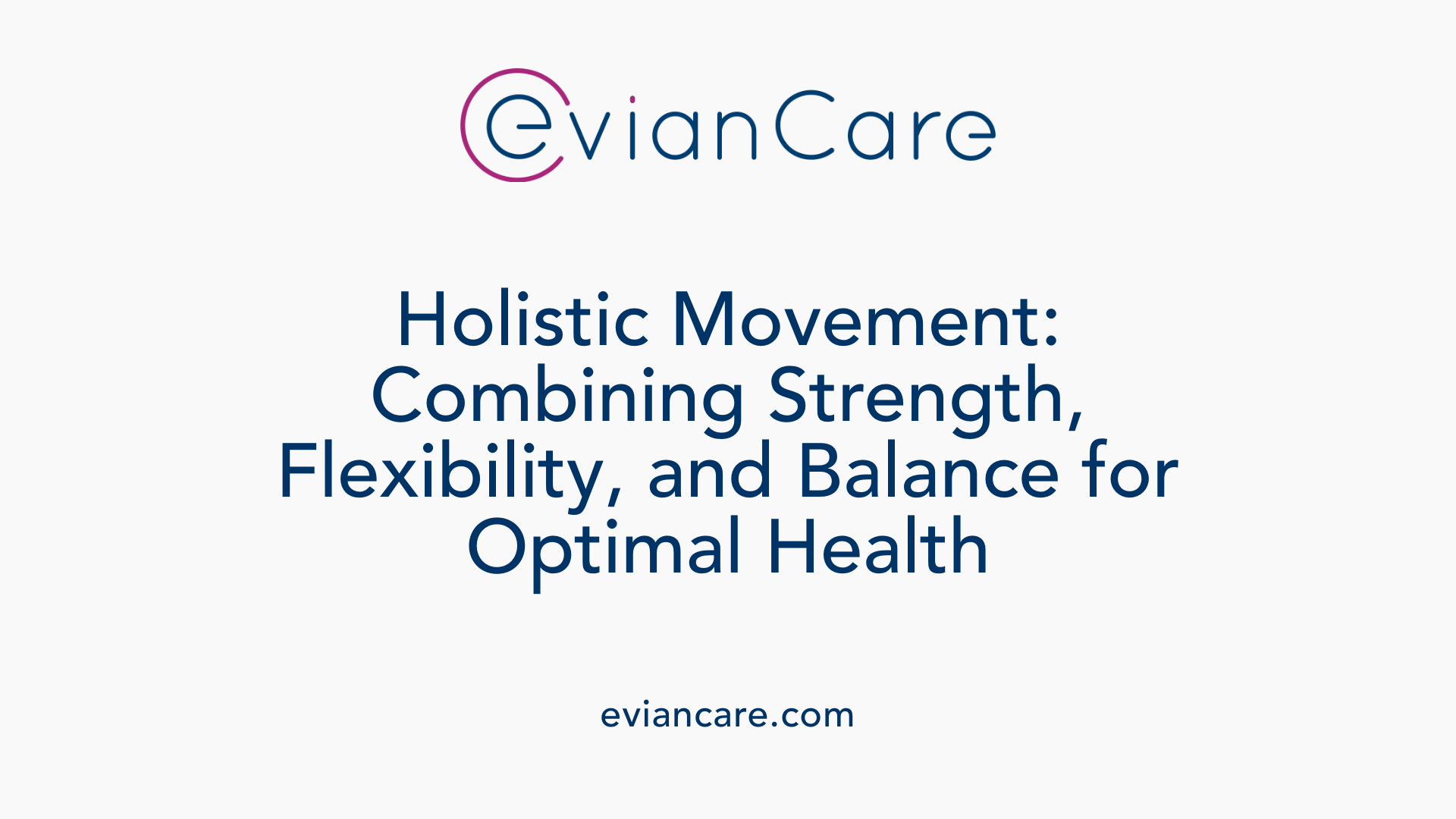
How are strength, flexibility, and balance interrelated in physical therapy for overall movement health?
These three elements—strength, flexibility, and balance—are deeply connected and essential for optimal movement. Improving flexibility enables joints to move more freely, which supports better performance in strength exercises. When muscles are flexible, they reduce the risk of strains and injuries during activity.
Strength plays a crucial role in stabilizing joints. Strong muscles support proper alignment and help maintain balance, preventing falls and other accidents. Balance itself depends on both strength and flexibility, as the body's ability to stabilize depends on strong muscles and a full range of joint motion.
In physical therapy, integrated programs target all three components simultaneously. This holistic approach ensures that muscles are both resilient and adaptable, promoting functional independence, reducing injury risks, and accelerating recovery from various conditions. Combining these elements helps individuals move more confidently and comfortably in daily life and athletic pursuits.
Empowering Movement Through Personalized Care
Physical therapy offers comprehensive solutions for improving flexibility and range of motion, essential for injury recovery, pain reduction, and optimal function. Through evidence-based techniques, personalized exercises, and a focus on safety, physical therapy provides the tools necessary for sustained movement health. Embracing these interventions can significantly enhance quality of life, prevent future injuries, and support active living at any age.
References
- Stretching: Focus on flexibility - Mayo Clinic
- CURRENT CONCEPTS IN MUSCLE STRETCHING FOR ...
- Therapeutic Exercises for Injury Recovery & Improved Flexibility
- How to improve your stretching and flexibility for better health
- Range of Motion and Stretching/Flexibility Therapy
- Range of Motion - How Physical Therapy Can Help Increase Flexibility
- How to improve your flexibility and range of motion
- The Importance of Stretching and Flexibility in Physical Therapy
- Improve Mobility & Flexibility with Lake Country Physical Therapy
- Flexibility, Strength, and Balance in Healthy Movement











